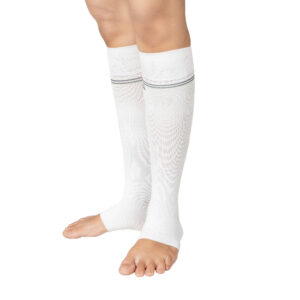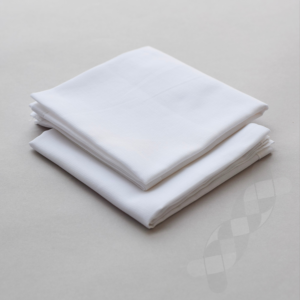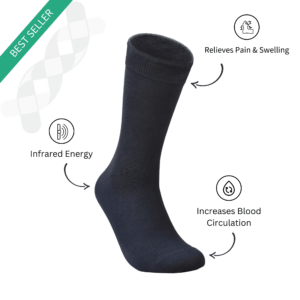Foot problems are the worst, and after spending long hours on your feet, they become inevitable. But there is a way to reduce this. If you follow simple steps of footcare, you can reduce a plethora of problems.
In this article, we will discuss some of the most common foot problems that occur among office goers and how you can keep them under control.
Tendonitis
Tendonitis refers to an inflamed tendon that occurs because of the repeated movement. Office goers are prone to tendonitis because they use public transport to reach the office.
Hurrying to reach the bus/train and standing for long hours, in an uncomfortable position, can lead to tendonitis. It is a painful condition, and once you have it, you cannot reverse the symptoms. It is best to prevent tendonitis from happening in the first place.
Movement becomes very difficult; mainly if it affects your heels. The best way to avoid it is by easing out the stress on all your tendons. Take out time every day to stretch. Stretching refreshes your muscles and relaxes. Secondly, you can ask to do an ergonomic assessment of your workplace. An ergonomic workplace is designed to put less strain on your body. You can work in an ergonomic office for hours without stressing your tendons.
Tinea
Tinea is a contagious fungal infection, much like Athletes Foot. It occurs between the toes, or, on the arch of your foot, and causes itching, moistness, pain, and discomfort. You can get tinea from sharing a common locker room, bathroom, gym equipment but also from wearing sweaty footwear for long hours.
The best way to avoid tinea is to cover your feet everywhere you go. Many offices in India ask you to leave footwear at the door. In that case, keep a clean pair of closed slippers at your workstation. Never use the bathrooms bare foot. If your office has a gym, the same rules apply. Use your own towel, don’t shower bare foot, and always change into clean footwear once you’re done.
Foot Pain
Foot pain is the most common problem for office goers. If you are going to be on your foot for so long, it’s bound to sting. But there are ways to ease out the pain and prevent it from happening in the first place. Something as simple as rolling a tennis ball under your feet will ease out some of the pain on the soles of your feet. You can also release the tension by doing a few simple stretches. When you sit on your chair, keep your feet firm and perpendicular to the ground. Stretch your toes upwards and relax. Repeat this at least fifteen times. It will ease out the tension on the soles of your feet and get rid of all that pain.
Another way to reduce foot pain is to wear special Health Care socks designed for office goers. They are designed to promote blood circulation and reduce foot pain.
Bunions
Bunions are another common problem for office goers. When we force our feet into narrow shoes and stay in them for a long time, our big toe tends to lean inwards, and we develop bunions. Bunions are painful because the ball of your feet extends outward and your big toe pushes against your other toes. Shoes are not traditionally designed to accommodate a bunion which so, it rubs against the edges of your shoe and gets inflammed.
The best way to prevent bunions is to spend on comfortable office shoes. You can reduce the time you spend in work shoes by changing into comfortable sports shoes while you commute to and from work. Simple things like managing the time you spend in tight, restricted footwear can make a lot of difference.
Hammer Toe
Hammer toe is a condition where you can see an abnormal bend on the arch of your feet. Visually, your feet will have a small footprint because of the significant high arches. Any foot deformity is quite painful in the long run; the hammer toe is no exception. It occurs from prolonged use of tight-fitting shoes. If you suspect any foot deformity, consult your podiatrist. The next time you go shoe hunting, get your feet carefully measured before finding the right pair.
Diabetes-Related Foot Problems
Diabetes always adds more complications to your feet. So, the long hours, tight shoes and uncomfortable tables and chairs, will take a toll on your feet, especially if you have diabetes [check: How to Reduce Diabetes Related Foot Problems]. The best solution for diabetics who travel or spend long hours at work, is to wear special diabetic socks. These socks are designed to give you additional comfort when you are out and about. The best thing about good quality diabetic socks is that they facilitate blood flow. The added blood circulation around your feet reduces foot pain, foot sores and infection. It prepared you to take the tedious hours head-on.
So, they aren’t difficult things to follow, right? These are simple arrangements that won’t take longer than fifteen minutes of your time. You see, your feet don’t require a whole lot. Just a little care will go a long way.




























